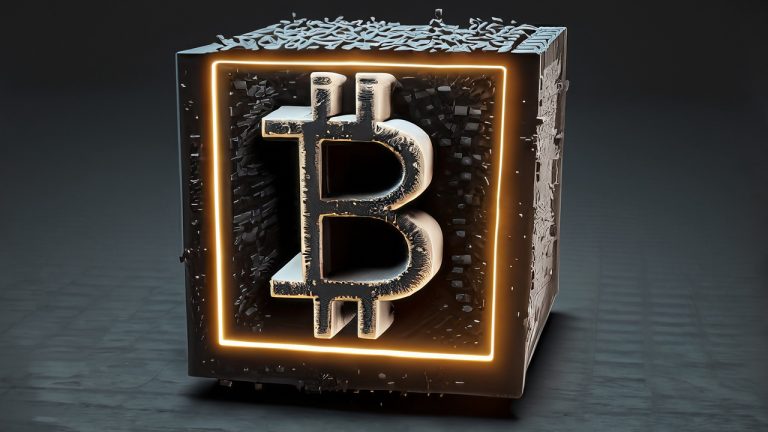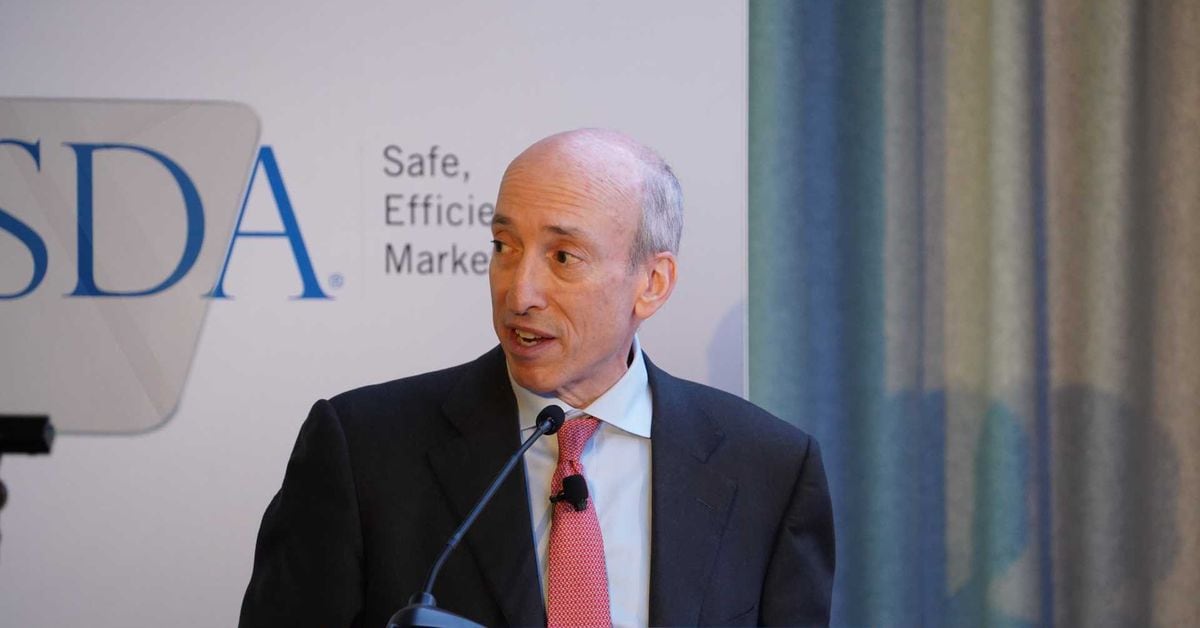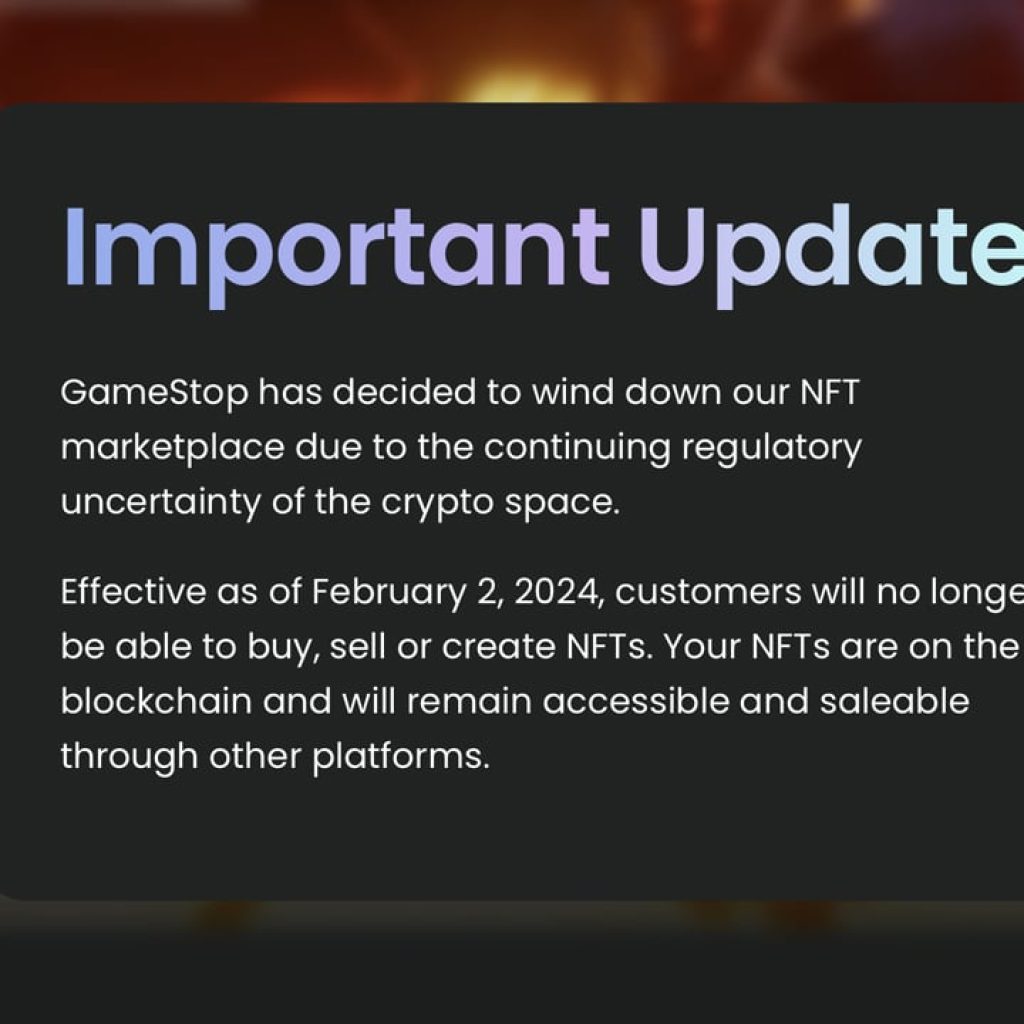
This week, the number of Ordinal inscriptions has exceeded 11 million, with one inscription in particular, numbered 11,035,214, standing out. The inscription bears a message that has been signed with the private key associated with block 1,018, and while the key is quite old, having been linked to the computer scientist Hal Finney, this isn’t the first time someone has used this specific private key from 2009 to sign a message.
Mysterious Messages Signed With Hal Finney’s Keys Puzzle Cryptocurrency Community
In November of 2022, a post on bitcointalk.org caught the attention of many in the cryptocurrency community. The user, who went by the name “Onesignature,” had published a message that was signed with a specific address created on January 19, 2009. This address, known as “1NChf,” had held the block reward of 50 BTC until June 14, 2011. It’s believed that the computer scientist Hal Finney was the one who mined Block 1,018 and spent the subsidy, combining it with several other block rewards he had earned during his “running bitcoin” days.
Running bitcoin
— halfin (@halfin) January 11, 2009
At precisely 7:46 p.m. Eastern Time on June 6, 2023, another message appeared. The signature that had been used to sign Onesignature’s message was used again, this time to sign an Ordinal inscription. This particular inscription, known as #11,035,214, used a satoshi from 2019 and cost the owner around $5.18 to inscribe. The inscription itself features plain text, but it’s the message attached to it that is more interesting. The message was discovered by Leonidas.og, the operator of Ord.io, a web portal dedicated to Ordinal inscriptions and their exploration.
According to Leonidas, it all started when someone tipped him off about a message that mentioned the name of his website, Ord.io. Upon closer inspection, he realized that the message was signed with the private key associated with the 1NChf address from way back in January 2009. A third-party tool confirmed that the signature and message were 100% valid. However, it’s believed that Hal Finney’s private keys were either given away, stolen, or sold to someone else at some point in time. The evidence supporting the theory that Hal Finney’s private keys were compromised is compelling.
After Onesignature published his message in November 2022, the following month, on December 13, 2022, Martin Shkreli, the infamous ‘pharma bro’ and former hedge fund manager, shared a message that was signed with one of Finney’s private keys. The message in question came from the BTC address “1Q2TW,” which was the wallet that received the very first BTC transaction after Satoshi sent Hal 10 BTC on January 12, 2009. But Shkreli’s message attempts to suggest that Paul Le Roux is Satoshi, and that it was Le Roux who allegedly sent Hal the 10 bitcoin.
The appearance of these mysterious messages has left the cryptocurrency community scratching their heads. While Onesignature’s message was intriguing and the first of its kind, the message shared by Shkreli raised some red flags. At the time, Bitcoin developer Greg Maxwell was quick to point out that the signature type used to sign the message was not around when Finney was developing, leading him to conclude that the message was likely created “by someone who obtained Hal’s private keys after his death.” In other words, someone else has control of the key. The fact that these messages are popping up out of nowhere in such a suspicious manner only adds weight to Maxwell’s theory.
The motives behind the mysterious owner(s) of these private keys remain shrouded in mystery. Some could speculate that it’s all about clout, a way to show off and grab attention. Onesignature’s message certainly caught people’s attention, as it proved that he could sign a very old block. But then came Shkreli’s message, which tried to suggest that the notorious criminal mastermind Paul Le Roux was actually Satoshi Nakamoto. It was a bold claim, to say the least, and one that was quickly debunked by experts. And now, we have the latest message, which uses an Ordinal inscription to convey its message.
But here’s the thing: because it’s believed that Hal Finney‘s keys were somehow obtained by someone else, these messages are essentially meaningless. They don’t validate any theories or shed any new light on the origins of Bitcoin. And yet, the person or group behind these messages shows no signs of slowing down. The latest message proves that they plan to continue sharing messages signed with Finney’s keys, leaving the crypto community to wonder what their true motives might be.
What do you think is the motive behind these mysterious messages signed with Hal Finney’s keys? Share your thoughts and opinions about this subject in the comments section below.





